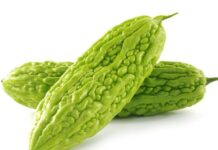The Leucophyllum frutescens, or the Texas Ranger shrub, is a popular choice among gardeners and is often used to decorate cafes, balconies, or as bonsai trees, creating unique and eye-catching pieces.
1 What is the Texas Ranger Shrub?
Origin and Meaning of the Texas Ranger Shrub
The Texas Ranger shrub, also known as the Purple Sage, is a member of the Scrophulariaceae family and is native to Texas – the Chihuahuan Desert and northern Mexico. It has since been introduced to Southeast Asia, including Vietnam, where its tropical climate promotes lush flowering.
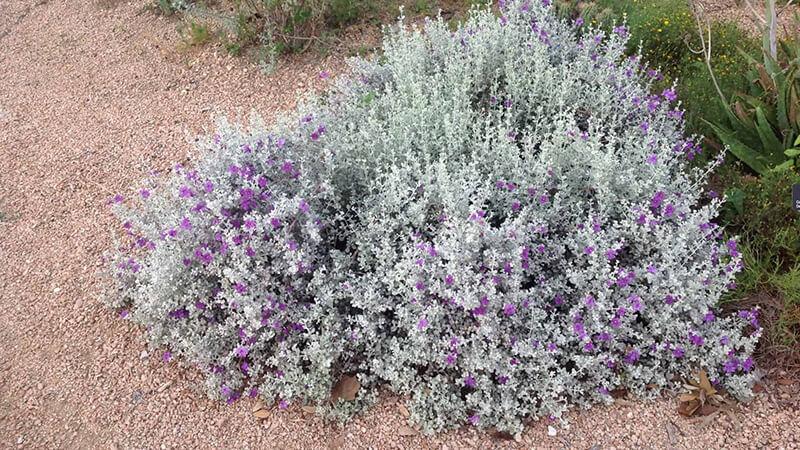 Origin and Name of the Texas Ranger Shrub
Origin and Name of the Texas Ranger Shrub
Feng Shui Significance of the Texas Ranger Shrub
The Texas Ranger shrub symbolizes resilience and perseverance, representing the ability to thrive even in challenging circumstances. It also conveys strength and determination, particularly associated with masculinity.
This plant further symbolizes fidelity and commitment in relationships, with its purple blossoms evoking a sense of romance, gentleness, and calmness.
Lining the path leading to a home with these shrubs creates a peaceful and picturesque atmosphere, providing a sense of tranquility to all who enter.
 Feng Shui Significance of the Texas Ranger Shrub
Feng Shui Significance of the Texas Ranger Shrub
Characteristics and Classification of the Texas Ranger Shrub
The Texas Ranger is an evergreen shrub, typically growing to a height of 1 to 1.5 meters. With careful cultivation and optimal environmental conditions, it can reach heights of 1.5 to 2 meters.
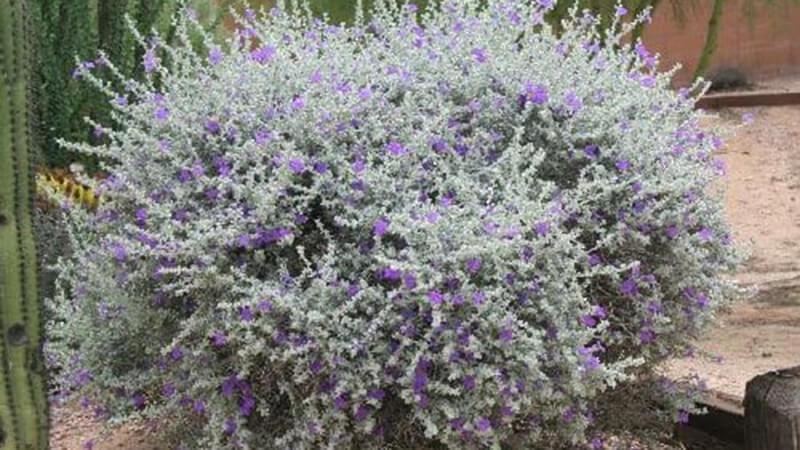 Characteristics of the Texas Ranger Shrub
Characteristics of the Texas Ranger Shrub
Its leaves are green with grayish tones, measuring about 2 to 2.5 centimeters in length, and are soft to the touch. The leaves have a rounded tip that tapers gracefully toward the stem. The shrub’s flowers are tubular with five lobes, ranging in diameter from 1.3 to 2.5 centimeters, and boast colors of reddish-purple to purple, occasionally tinged with pink. A distinctive feature of these blossoms is their spotted throats.
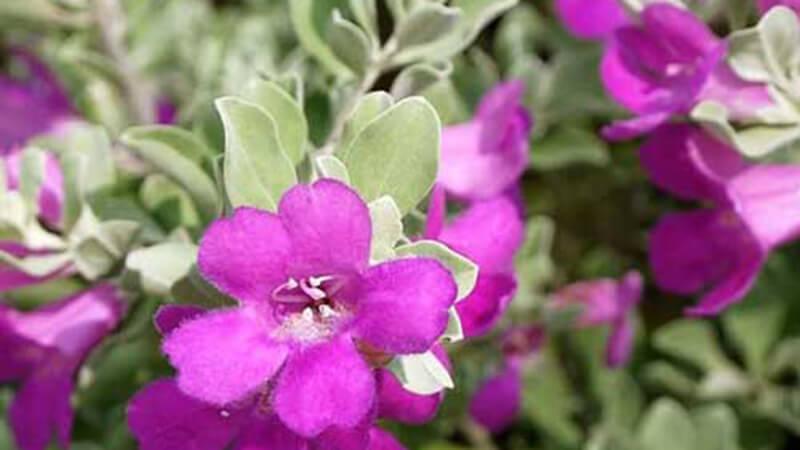 Texas Ranger Flowers Bloom in Autumn and Spring
Texas Ranger Flowers Bloom in Autumn and Spring
The Texas Ranger’s flowers bloom continuously in autumn and spring, with each flowering period lasting about 4 to 5 days. While the flowers are short-lived, the shrub produces an abundance of tiny, wrinkled seeds.
This resilient shrub thrives in rainy and hot conditions and is particularly drought-tolerant.
2 Benefits of the Texas Ranger Shrub
With its visually appealing flowers and foliage, it’s no wonder that the Texas Ranger is a popular choice for gardens, landscapes, urban areas, villas, and cafes.
 Benefits of the Texas Ranger Shrub
Benefits of the Texas Ranger Shrub
Given its slow growth rate, the Texas Ranger requires minimal pruning and maintenance. This characteristic makes it ideal for planting along pathways or near fences. It can also be combined with other plant species to enhance the dynamism of a landscape.
Additionally, its leaves and flowers can be dried and used as herbal remedies or tea, offering calming effects and aiding in the treatment of colds and flu.
3 Planting and Caring for the Texas Ranger Shrub
Planting the Texas Ranger Shrub at Home
Spring is the ideal season for propagating the Texas Ranger. After 60 to 70 days, the cuttings will develop roots and can be transplanted. The soil should be well-aerated and mixed with organic fertilizer and manure. Water the plant regularly for the first 3 to 4 weeks to maintain moisture, being careful not to overwater.
 Planting the Texas Ranger Shrub
Planting the Texas Ranger Shrub
Caring for the Texas Ranger Shrub
- Soil: While the Texas Ranger can adapt to various soil types, including sandy soil, it thrives in well-aerated soil mixed with phosphate fertilizer, organic matter, and base fertilizer.
- Water: Despite its drought tolerance and preference for hot and rainy conditions, consistent and regular watering is necessary to promote healthy growth. Be sure to provide enough water to maintain moisture without causing waterlogging.
- Temperature: As a sun-loving plant, it thrives in areas with natural sunlight.
- Pests and Diseases: The Texas Ranger is relatively pest and disease-free. If pests are spotted, simply remove them by hand.
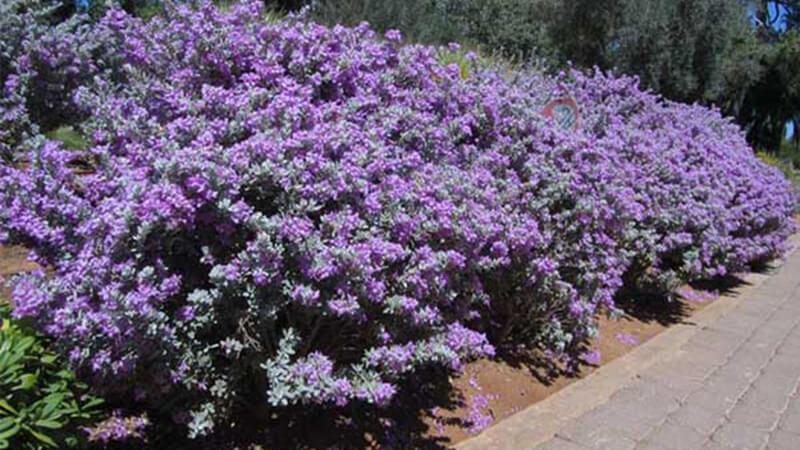 Caring for the Texas Ranger Shrub
Caring for the Texas Ranger Shrub
Notes on Growing the Texas Ranger Shrub
The Texas Ranger tends to spread as it matures. To manage this, maintain dry soil and regularly trim the top growth to encourage leaf production.
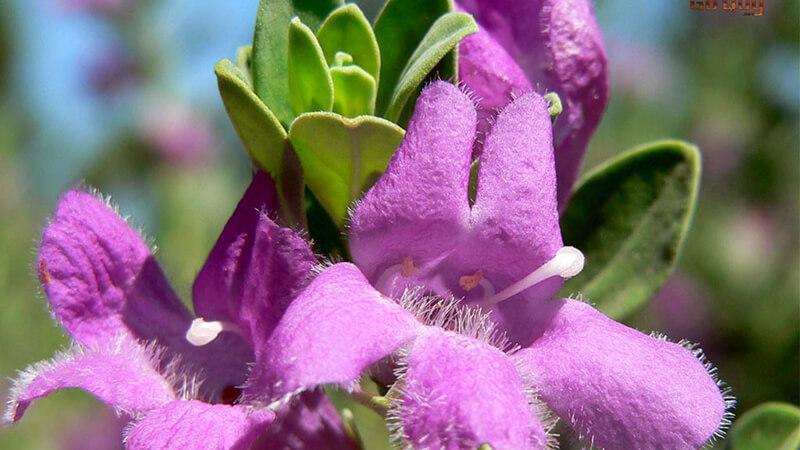 Notes on Growing the Texas Ranger Shrub
Notes on Growing the Texas Ranger Shrub
This shrub is naturally resistant to pests and diseases and requires minimal maintenance. You can prevent pest and disease issues during the initial planting phase.
4 5 Beautiful Images of the Texas Ranger Shrub
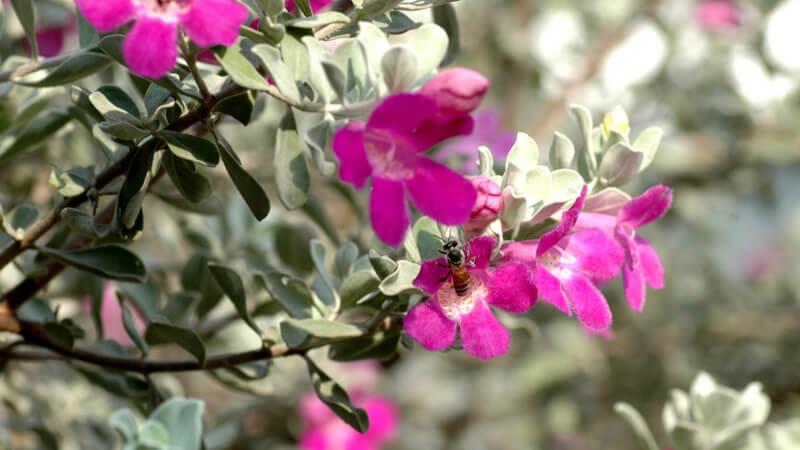 Texas Ranger Flowers
Texas Ranger Flowers
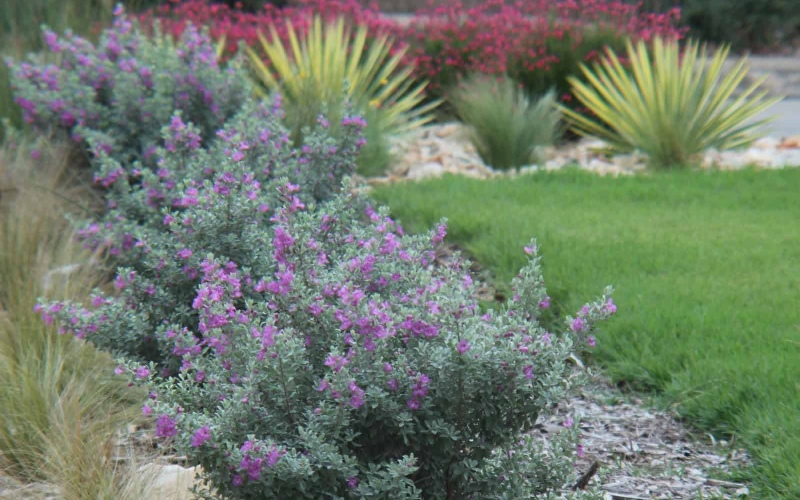 Texas Ranger Shrub Enhancing a Landscape
Texas Ranger Shrub Enhancing a Landscape
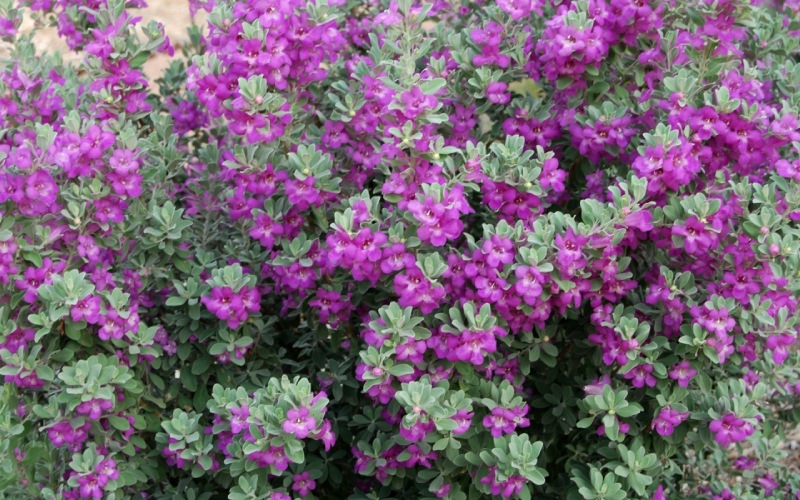 Texas Ranger Shrub with Purple Flowers
Texas Ranger Shrub with Purple Flowers
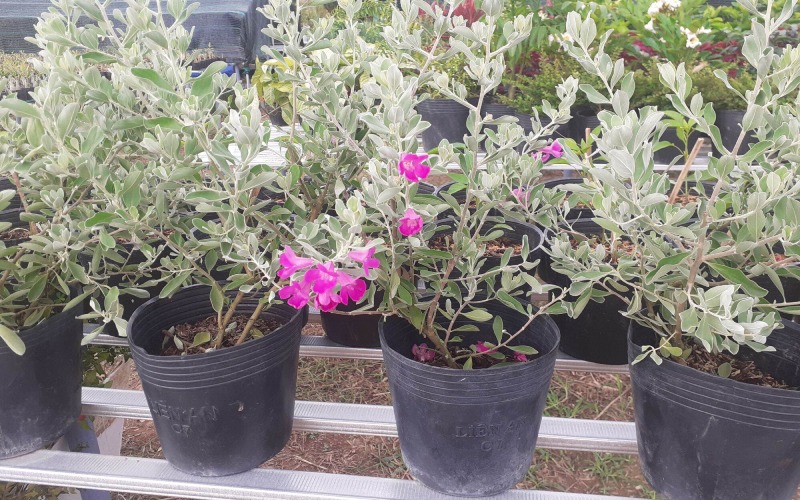 Texas Ranger Shrub Seedlings
Texas Ranger Shrub Seedlings
This concludes our guide on the Texas Ranger shrub, including planting and care instructions. We hope you found this information helpful.
2023 Lunar New Year Gift Ideas for Older Family and Friends
As 2021 approaches, families worldwide are gathering to celebrate the special bond between grandparents and their grandchildren. To show their love and admiration, these thoughtfully chosen gifts will bring a smile to the face of the elderly. Here, we have compiled a list of the 13 most meaningful Tet presents that can bring joy to our beloved grandparents.













